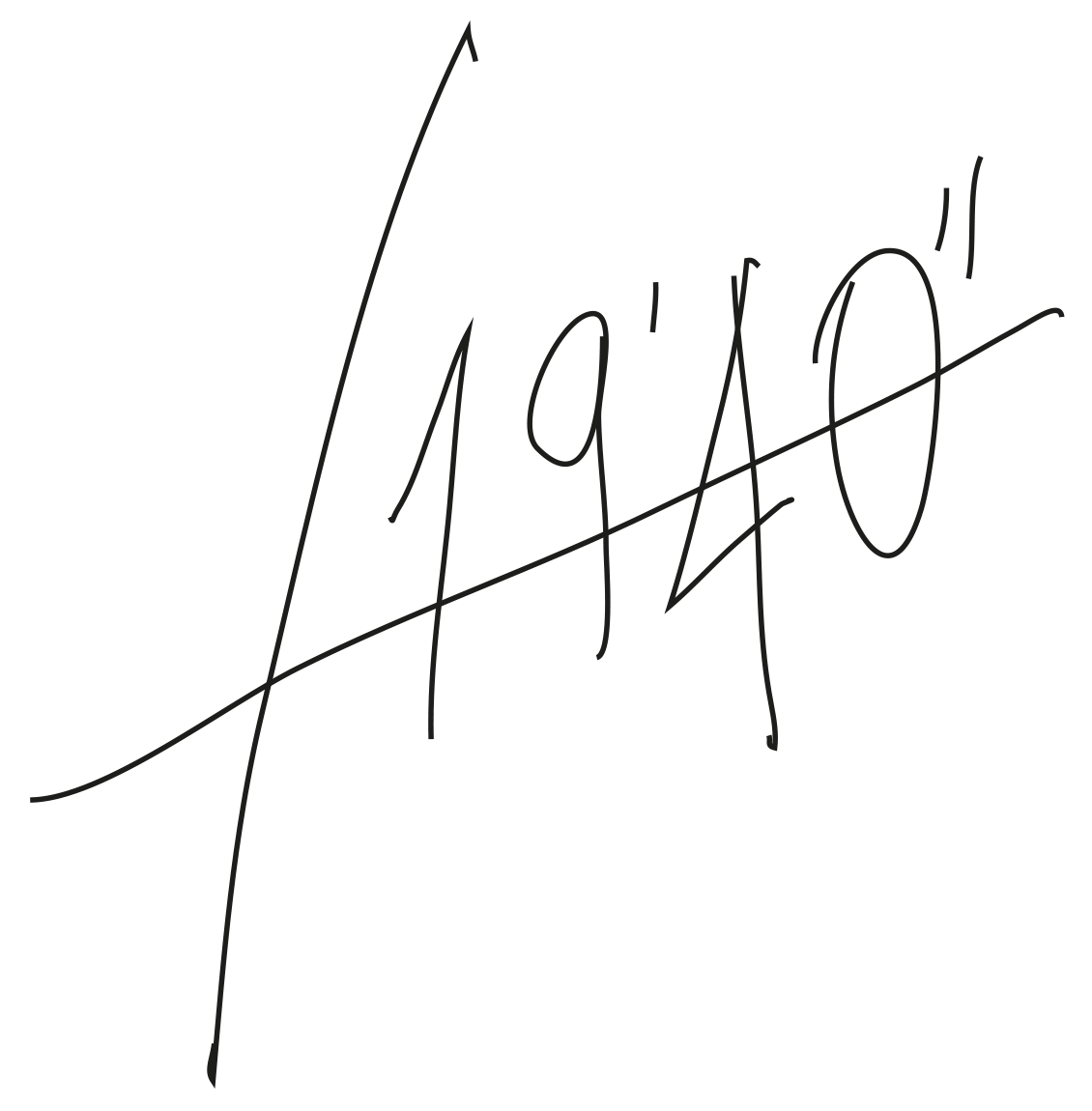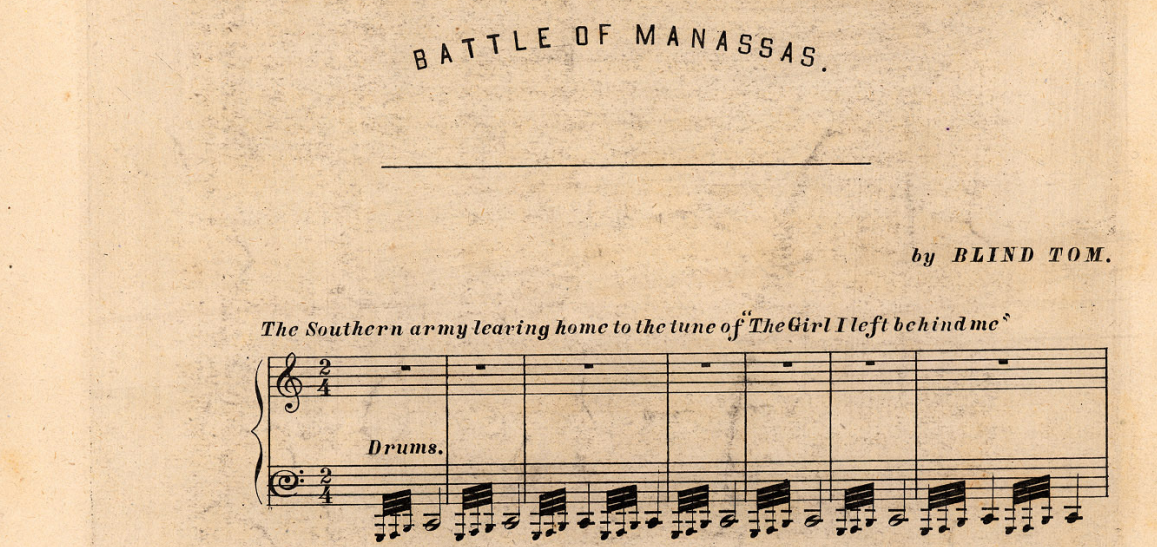In August, Black Classical Music will be released, the twenty-first release by 19'40''. It includes works by Afro-descendant composers. In this series of articles, we tell the stories of the composers and their work.
THOMAS ‘BLIND TOM’ WIGGINS
Thomas Wiggins, also known as Blind Tom, was a remarkable 19th-century pianist and composer. Born in 1849, he was blind from birth and enslaved in Georgia. Despite no formal music education, he had a prodigious memory and could effortlessly play tunes he had just heard.
His extraordinary piano skills and versatile musical style garnered him fame as he toured extensively throughout the United States and Europe. Despite facing racism and discrimination, Wiggins captivated audiences incorporating classical, folk, and original compositions in his performances. Some of his original work was transcribed by a series of tutors who joined him on tour.
Though his annual salary as a touring musician was estimated at $100,000 at his peak, Wiggins was unable to fully benefit from his earnings due to his status as an enslaved individual. After emancipation, he continued to be in a dependent position, essentially serving as an indentured servant to Bethune, who eventually became Wiggins’ legal guardian.
He suspended his performing career for nearly two decades, from 1881 to 1904. During this period, he resided in Hoboken, New Jersey, under the care of his new guardian, Eliza Bethune, General Bethune’s son John’s widow.
He passed away on 13th June 1908 at 59.
The Battle of Manassas for piano (Arr. by S. De Gennaro for percussion and double bass)
Assignment: Describe The Battle of Manassas by Thomas "Blind Tom" Wiggins in less than 1000 characters. Development: A 14-year-old African American slave, blind from birth, possesses the remarkable ability to reproduce entire musical compositions on the piano after a single listen. He channels this talent into composing a symphonic poem that recounts the significant first battle of the American Civil War. Astonishingly, Wiggins’ composition predates by several decades the innovative techniques embraced by early 20th-century composers. His pioneering use of Tonale Clusters, which would later be associated with ragtime and adopted by classical musicians such as Charles Ives and Béla Bartók, defies the conventions of his time. With a clever blend of popular melodies like "The Girl I Left Behind" and "Yankee Doodle," Wiggins injects a whimsical touch of programmatic music. Sebastiano De Gennaro, accompanied by Simone Beneventi, pushes the boundaries further by incorporating surprising sounds and blends. Meanwhile, Francesco Fusaro's voice, in harmony with Roberto Benatti's double bass, shatters the fourth wall, tearing the captions inserted by the composer from the silence of the printed page.


